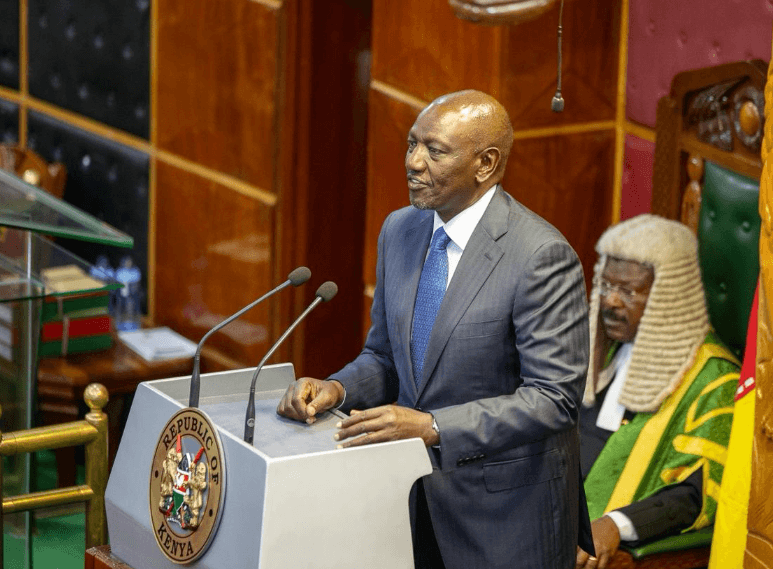As former US First Lady Eleanor Roosevelt once said, "learn from the mistakes of others". Kenya’s health stakeholders need to be proactive by picking what is working from other nations in order to advance fast towards its goals.
Kenya, for instance, can learn key lessons from nations that have successfully embraced medical tourism and telemedicine.
The Vision 2030 goal on health tourism aims to position the country as a destination for specialised health. The United Nations World Tourism Organization defines tourism as movement of people to places or countries outside their usual environment for personal or business purposes. Health tourism involves tourism for purposes; seeking treatment or elective procedures.
One medical tourism success story is India. Many of us know of at least one person who travelled to India to seek treatment. With the worst of the Covid-19 pandemic seemingly behind us, flights have resumed and medical tourism to India is back in full throttle.
Adequate number of specially trained medical personnel, coordinated government and stakeholder efforts in developing the brand and favourable government policies, have given this nation worldwide recognition as the go-to for specialised treatment. An integrated multi-agency campaign ‘Heal in India’ was initiated to promote the country further.
The second way for Kenya to achieve its goals is by embracing telehealth. Telehealth involves the provision of healthcare services remotely with use of telecommunication. Telehealth is close to narrowing the striking unequal distribution of doctors in Kenya.
The Kenya National eHealth Strategy 2011-2017 suggests 80 per cent of clinicians serve about 20 per cent of the population. In my day-to-day work, I get to talk to medical practitioners from across the country. One thing that has stood out is the slow adoption of telehealth in healthcare centres located in remote towns. I have witnessed this first-hand.
About two years ago, a relative was involved in an accident. I quickly headed to my home town in Tharaka Nithi county where she was recovering. The hospital she was admitted to is modern and well equipped but we had to wait for two days for a radiologist to come, do scans and make a report. I couldn't help but wonder, isn't there a more efficient way for all parties?
Many a time when telemedicine is mentioned, the first thing that may come to mind is delivery of medicine. That, however, is not all that telemedicine is. Services such as teleradiology reporting, remote radiology reporting of scans, have gained pace in Egypt.
It involves nothing extra apart from a computer, internet and a software in order to transmit scans to a specialist radiologist kilometres away.
Adoption of this simple solution can save countless Kenyans the hassle of going tens of kilometres to access specialist medical personnel and bring primary healthcare access a step closer to all.
It is no debate that our economy is hurting. Historically, during times of hardship industries have made use of solutions that have greatly enhanced efficiency.
A paradigm shift in how we deliver healthcare coupled with coordinated marketing of medical tourism can lead to the growth of a lucrative niche market and increased foreign revenue.
Director, Africa Afya Healthcare






![[PHOTOS] Betty Bayo laid to rest in Kiambu](/_next/image?url=https%3A%2F%2Fcdn.radioafrica.digital%2Fimage%2F2025%2F11%2F3b166e2e-d964-4503-8096-6b954dee1bd0.jpg&w=3840&q=100)







